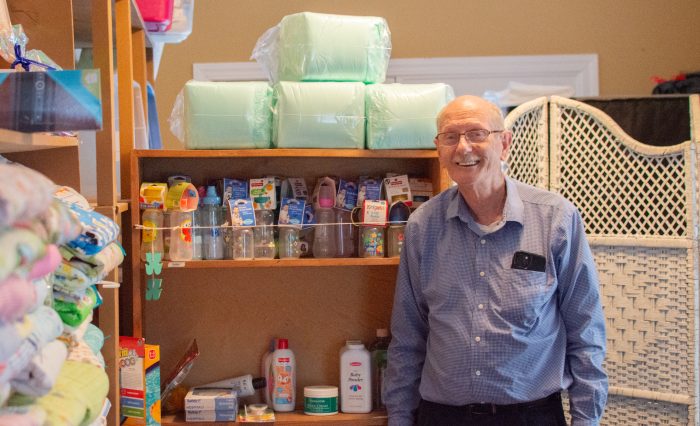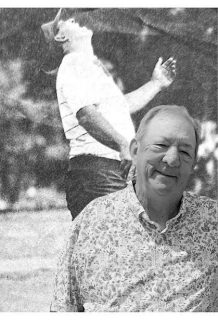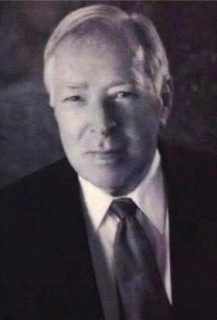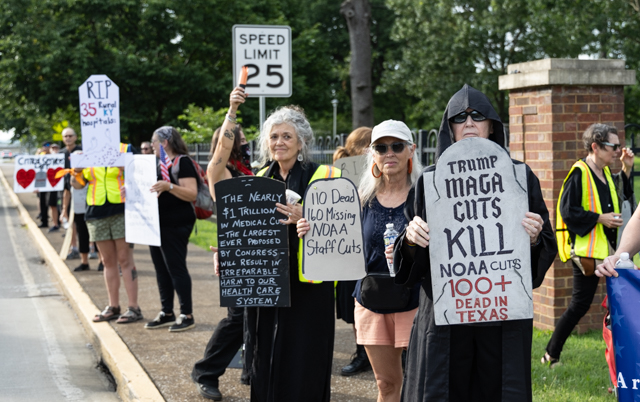Building blocks of BG’s success were in front of us all along
Published 7:00 am Sunday, February 10, 2019
If you’ve ever served on a committee, a board or just a meeting in general, someone probably said, “We’ve got to think outside of the box.” I could have been one of them.
A number of years ago, in 1992, I was named executive director of the Bowling Green Area Convention and Visitors Bureau, and immediately started doing what everyone said I needed to do, think outside of the box when it came to enticing new tourism venues to Bowling Green.
Trending
For the first year with guns-a-blazing, I was going after a major amphitheater group out of Cincinnati, had dialogue and correspondence with a big time outlet mall chain, and for months, a weekly call to NASCAR offices in Daytona about a future racetrack in Bowling Green.
I told the receptionist I was going to call every week until someone with authority called me back. I did and finally they did. It wasn’t anyone from the Bill France family, but it was a vice president. Not only did he tell me no, he wasn’t putting a track in Bowling Green, but hell no. Seriously?
Continuing my “outside the box” initiative, I saw an ad in a magazine that a Wild West Museum in Wyoming was looking to relocate. Of course, they were looking for incentives. I called and said Bowling Green was interested. How about free rent?
“This is a Wild West museum,” the person told me.
Daniel Boone is buried in Kentucky. I said. Perhaps the call lasted another 30 seconds, with the end result being the museum staying where it belonged … in Wyoming.
That was about as outside the box as I could get.
Trending
I got a call from a friend in Cave City.
“I hear that Wigwam Village is for sale and I’m not sure what they are going to do with the teepees,” he said. “I think they can be moved. Come on up and we’ll take a look.”
My thinking was if they were moved to a location visible from Interstate 65 there wouldn’t be a kid in America who saw them who wouldn’t want to spend the night in a Wigwam either going to or coming from Florida.
I went and looked, even took a tape measure. There were 15 of them, and two at a time would fit nicely on a flatbed truck. The owner, however, decided to stay put and so did the Wigwams. They were built in 1937, and that’s where they needed to stay.
Next I got a call from Bill and Jan Schmidt, owners of the Coca-Cola Bottling Co. in Elizabethtown. They had in their possession the largest private collection of Coca-Cola memorabilia in the world and wanted to put together a museum.
The Schmidts had been friends of mine since my growing-up days in E-town and were not satisfied with the cooperation they were getting from city and county governments in Hardin County. They had been contacted by people in Orlando and Atlanta about locating there, but thought enough of Bowling Green to make several trips here to meet with our mayor at the time, and our county judge. They even looked at land visible from I-65. It didn’t work out, and neither did my attempt to land the National Boy Scout Museum that was folding up in Murray. It had moved there from Texas in 1986, and sometime in the late 1990s the plug had been pulled and it was heading back to Texas. I made several calls in an effort to at least keep it in Kentucky, but to no avail. I think it went from Texas to New Mexico, where it is today.
The Bill Monroe family came by to talk about a bluegrass music venue. They even had drawings. A few months later, someone called about a tobacco museum.
Finally a light went on. This outside-of-the-box thing wasn’t working. In fact it might be the most overused phrase ever.
It dawned on me that what I needed to be doing was looking inside the box instead of outside.
The box right in front of me was full.
We already had Beech Bend Park and Raceway drawing thousands of visitors every year. Then the Corvette assembly plant was just waiting for a museum to be built across the road. Western Kentucky University had nationally ranked sports teams. Let’s work with them. The Kentucky Museum was also located on campus.
Riverview Mansion not only had Civil War history, but also a great Victorian home tour.
Lost River Cave had taken a million years to create, and even though it had become a cesspool of sorts, couldn’t it be cleaned up and turned into a major tourist attraction for the city? Yes, it could, and yes it was.
And what about the big old depot that was falling in, soon to be torn down? Thank goodness a group of community activist stepped in and saved it. They bought the 1925 building and today it is the Historic Railpark and Train Museum.
Visitors and even some locals didn’t seem to notice that Bowling Green had a river in our town. Somewhat out of sight and out of mind on a riverfront occupied by a tire store and transmission shop, it was not conducive to showing it off. Unfortunately, those thousands of visitors headed to Beech Bend would see our unsightly riverfront.
Many times travel writers would come to town, and Vicki Fitch, our marketing director (she later became director of the CVB), and I would come up with a driving route to Beech Bend that did not include passing by our riverfront.
All of that changed somewhere around 2002 when businessman David Garvin stepped up and helped restore an old road bridge into a walking bridge. And with the help of state Rep. Jody Richards and U.S. Sen. Mitch McConnell, a riverwalk was developed, further showing what can be accomplished when public and private dollars come together to get something done.
When good things happen in a community, it’s amazing how many other positive actions can result from it: The convention center, Aviation Heritage Park, a downtown professional baseball team, performing arts center, continual improvements to Beech Bend Park, the National Corvette Museum Motorsports Park, added golf courses (both public and private), disc golf courses, Circus Square, a seasonal ice skating rink, a water splash park, Baker Arboretum and the improvements to historic Fountain Square.
Hotels and dozens of eateries have been added to the mix. There’s even conversation about an indoor ice skating rink, indoor swimming pool and indoor tennis courts.
Yes, our town has come a far piece from a day in 1992, when I visited several hotel front desk clerks and asked, “What is there to do in Bowling Green?” only to be told, “Nothing here, you’ll need to go to Nashville.”
Happily, it was in the box all the time. All I had to do was look.






